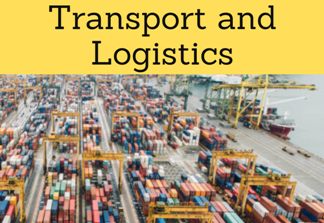Foreign Trade and Transport in Namibia, Windhoek
Business in Namibia, Rundu, Walvis Bay, Swakopmund, Oshakati. Diamonds

Namibia (Republic of Namibia) is a Southern African country
- Windhoek is the administrative, economic and commercial capital of Namibia and the largest Namibian city
- Largest cities of Namibia: Windhoek, Walvis Bay, Rundu, Swakopmund, Oshakati, Rehoboth, Katima Mulilo, Otjiwarongo, Ondangwa and Okahandja
- Namibia is the first African Frontier Market (Bloomberg)
- The Namibian economy is closely related to South Africa
- Currencies of Namibia: Namibian dollar (ET) and South African Rand (ZAR)
- Main Namibian economic activities: mining (11% of the GDP),
fishing, transport, agriculture, tourism and livestock.
- Mining: diamonds, uranium, gold, silver and common metals
- Other mineral resources are: copper, lead, zinc, tin, vanadium and tantalite
- Namibia is the fourth largest non-combustible minerals exporter in Africa and the fifth largest uranium producer
- Services: 73% of the Namibian GDP
- Namibian manufacturing sector: 20% of the GDP
- Main Namibian exports: diamonds, minerals, fish and meat
- Unemployment rate: 27%
- Namibia is classified as a middle-income country
- Borders of Namibia: South Africa (967
kilometres), Angola (1,376 kilometres), Botswana (1,360 kilometres) and Zambia (233 kilometres)
- Zimbabwe is less than 200 meters from the eastern trip of Namibia (Zambezi region)
Logistics and Transportation in Namibia
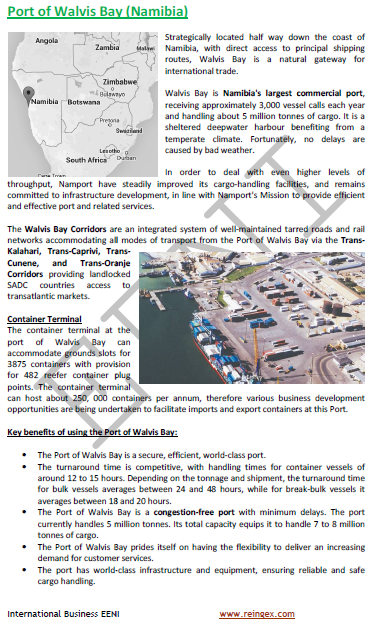
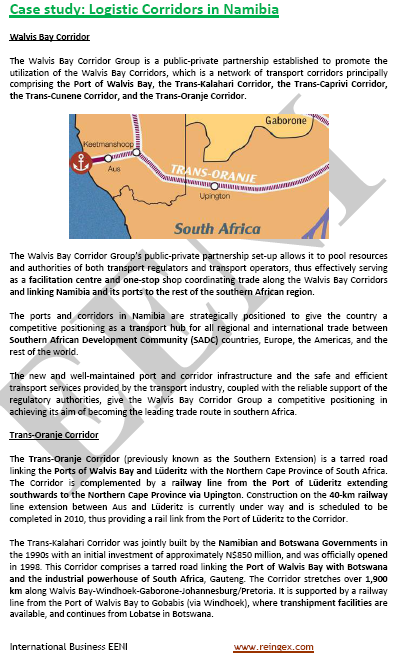
Tripoli-Windhoek Transport Corridor
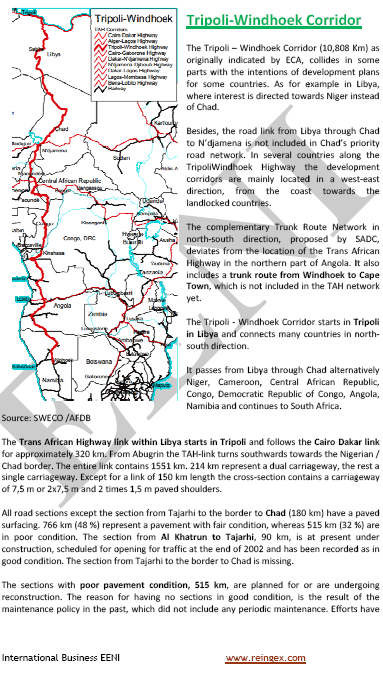
 Namibian Students
from Namibia
Namibian Students
from Namibia


More information: International Trade and Business in Namibia, at EENI Global Business School Website.

Trade and Business Organisations (Namibia)
- Southern African Development Community (SADC)
- COMESA-EAC-SADC Agreement
- SACU
- India-SACU Agreement
- Commonwealth
- Community of Portuguese Speaking Countries (associate observer)
- Conference on the Great Lakes Region (guest member country)
- Namibia-Zimbabwe Free Trade Agreement
- African Development Bank
- African Union
- AUDA-NEPAD
- Economic Commission for Africa
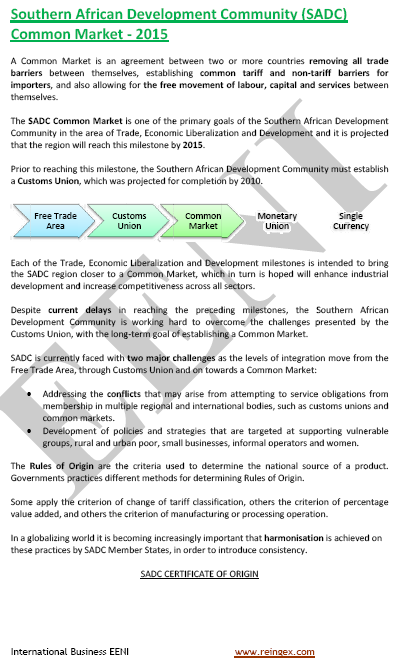
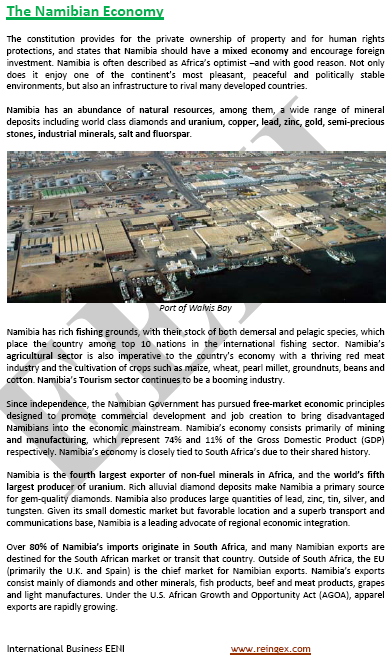
- Namibian population: 2,6 million inhabitants
- Namibian Population density: 3.2 inhabitants / km²
- Namibia is one of the least densely populated countries in the world (Namib Desert)
- 46% of the Namibian adults are infected by HIV / AIDS
- Area of Namibia: 825.615 km²
- Namibia is located between the Namib and Kalahari deserts
- Namibia has the least rainfall that any sub-Saharan African Country
- Regions of Namibia

- Namibia is a dominant unitary semi-presidential Republic
- Independence from South Africa in 1990 (History of Namibia)
- Independence war of Namibia
- Calling code of Namibia: 264
- Code top-level domain of Namibia: .na
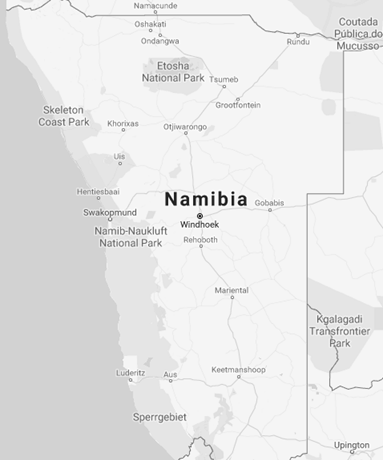
Namibian ethnicities:
The majority of the Namibian population has a Bantu origin.
The main Namibian ethnic group are Ovambo (50% of the Namibian population)
Other ethnic groups are Herero, Himba, Damara and Khoisan groups (Nama and San Bushmen are the descendants of the first inhabitants of Southern Africa)

Religions and Global Business -
Religious diversity
Religions in Namibia
- Christianity (90% of the Namibian)
- African Traditional Religions
Languages of Namibia
The official language of Namibia is English
- Until 1990, English, German and Afrikaans were official languages.
The most spoken languages in Namibia are Oshiwambo (48%), Khoikhoi language, Nama / Damara, Afrikaans, Kavango and Otjiherero
Higher Education in Namibia
Ministry of Education of Namibia
- University of Science and Technology of Namibia, Windhoek
- University of Namibia (UNAM), Windhoek
- School of Education Windhoek of Khomasdal, Windhoek
- College of Education of Caprivi of Katima Mulilo
- College of Education of Rundu
- College of Education of Ongwediva
- International Management University (IUM), Windhoek

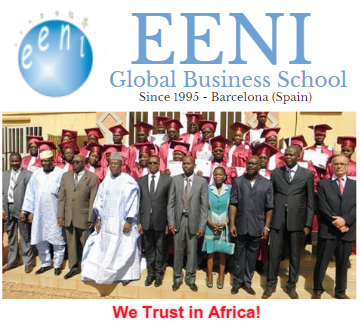
 Tweet
Tweet